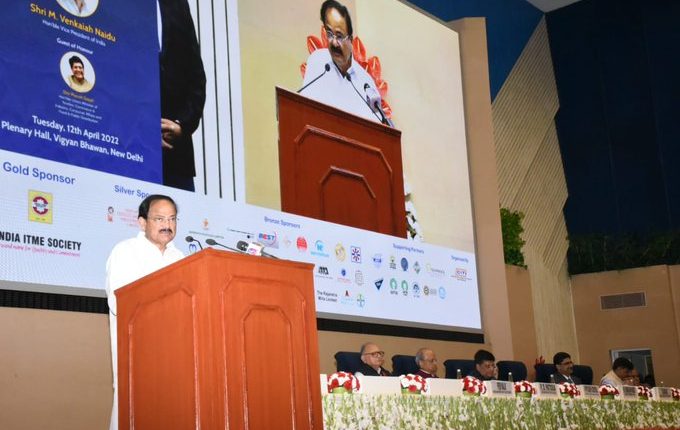Vice President, M. Venkaiah Naidu today called upon all stakeholders to make concerted efforts to improve cotton yield and productivity in India to enhance farmers’ incomes.
Expressing his concern over the low yield of Indian cotton compared to other major cotton growers in the world, Naidu said that steps must be taken to guide the farmers through better research and by adopting best practices.
Naidu called for increasing the global competitiveness of Indian cotton textiles and “capitalize on our traditional strengths, shift to modern agronomic practices and consolidate our position as a global leader in the cotton industry”.
Noting the importance of the textiles sector as the second-largest employer in the country after agriculture, Naidu emphasized on improving farm productivity, increasing mechanization, upskilling textile workers, and hand-holding small firms to give a boost to the sector. Naidu also suggested diversifying into specialty cottons such as the extra-long staple (ELS) cotton and organic cotton.
The Vice President was inaugurating the CITI-CDRA Golden Jubilee Celebrations from Vigyan Bhawan, New Delhi. Confederation of Indian Textile Industry (CITI) is a leading industry chamber of the textile sector in India and the Cotton Development and Research Association (CDRA) is the extension arm of CITI, undertaking various seed development and extension activities in the cotton sector.
Referring to the importance of cotton to the Indian economy, the Vice President said that cotton also has a “great symbolic value to our civilizational heritage”. He recalled that cotton played a crucial role in our freedom struggle, starting with the ‘Swadeshi Movement’. He said that by connecting all sections of society, “cotton was one of the most important binding factors for people to fight against the British Raj”.
Naidu expressed his concern over that despite being the largest cotton producer (23%) in the world and having the highest area under cotton cultivation (39% of world area), the yield per hectare in India remained at a low of 460 kg lint per hectare when compared to the world average of 800 kg lint per hectare. To address this, he called for improving the planting density, taking up mechanization of cotton harvest and giving a thrust to agronomy research.



